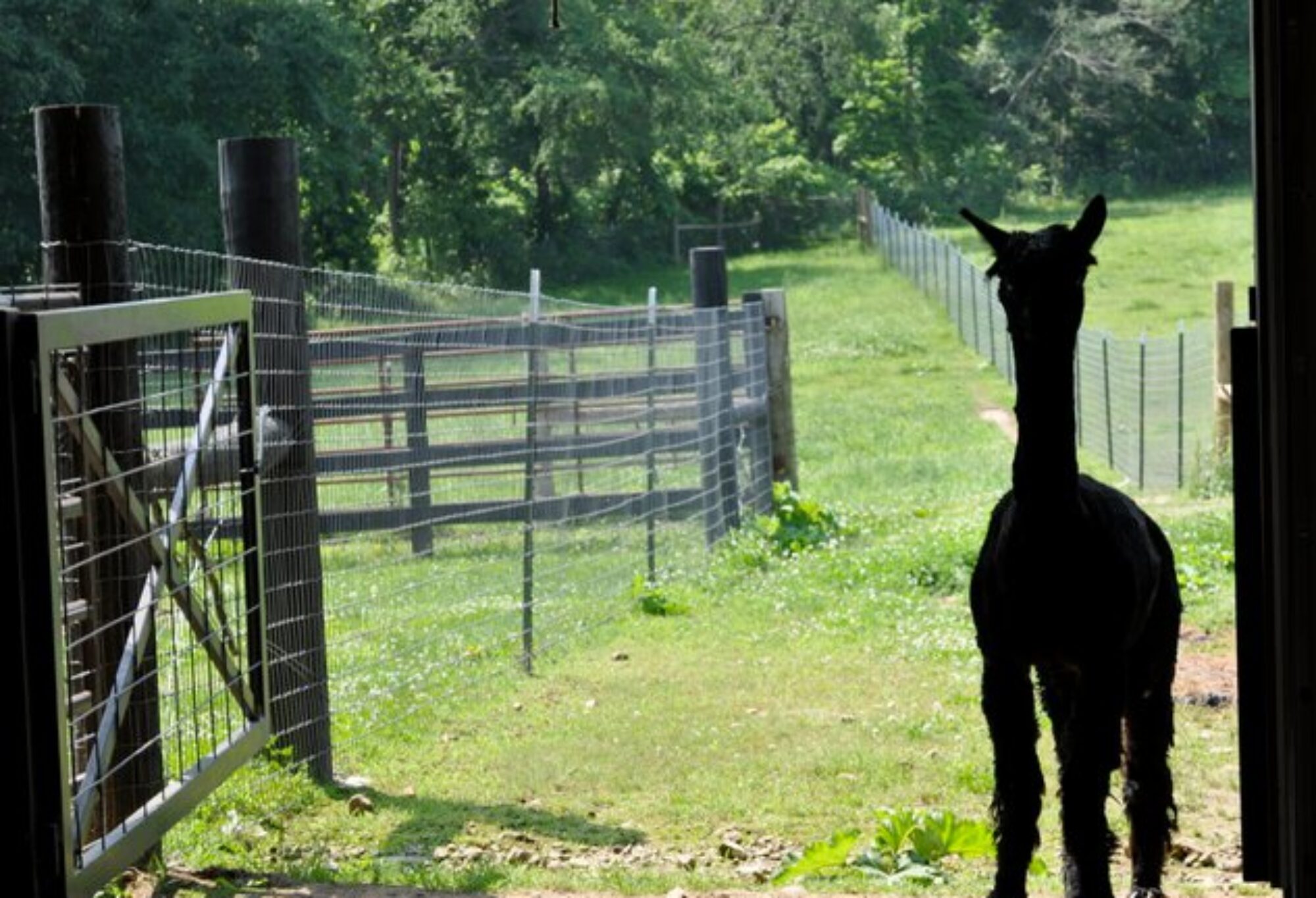Here at War Eagle Creek Farms, we only raise grass-fed black Angus beef. It’s a commitment we’ve made to our customers and to the Earth. Check out this recent article on grass-fed beef to learn more.
The Times quotes, “It works like this: grass is a perennial. Rotate cattle and other ruminants across pastures full of it, and the animals’ grazing will cut the blades — which spurs new growth — while their trampling helps work manure and other decaying organic matter into the soil, turning it into rich humus. The plant’s roots also help maintain soil health by retaining water and microbes. And healthy soil keeps carbon dioxide underground and out of the atmosphere.”
Compare that with the estimated 99% of U.S. beef cattle that live out their last months on feedlots, where they are stuffed with corn and soybeans. In the past few decades, the growth of these concentrated animal-feeding operations has resulted in millions of acres of grassland being abandoned or converted — along with vast swaths of forest — into profitable cropland for livestock feed. “Much of the carbon footprint of beef comes from growing grain to feed the animals, which requires fossil-fuel-based fertilizers, pesticides, transportation,” says Michael Pollan, author of The Omnivore’s Dilemma. “Grass-fed beef has a much lighter carbon footprint.”
